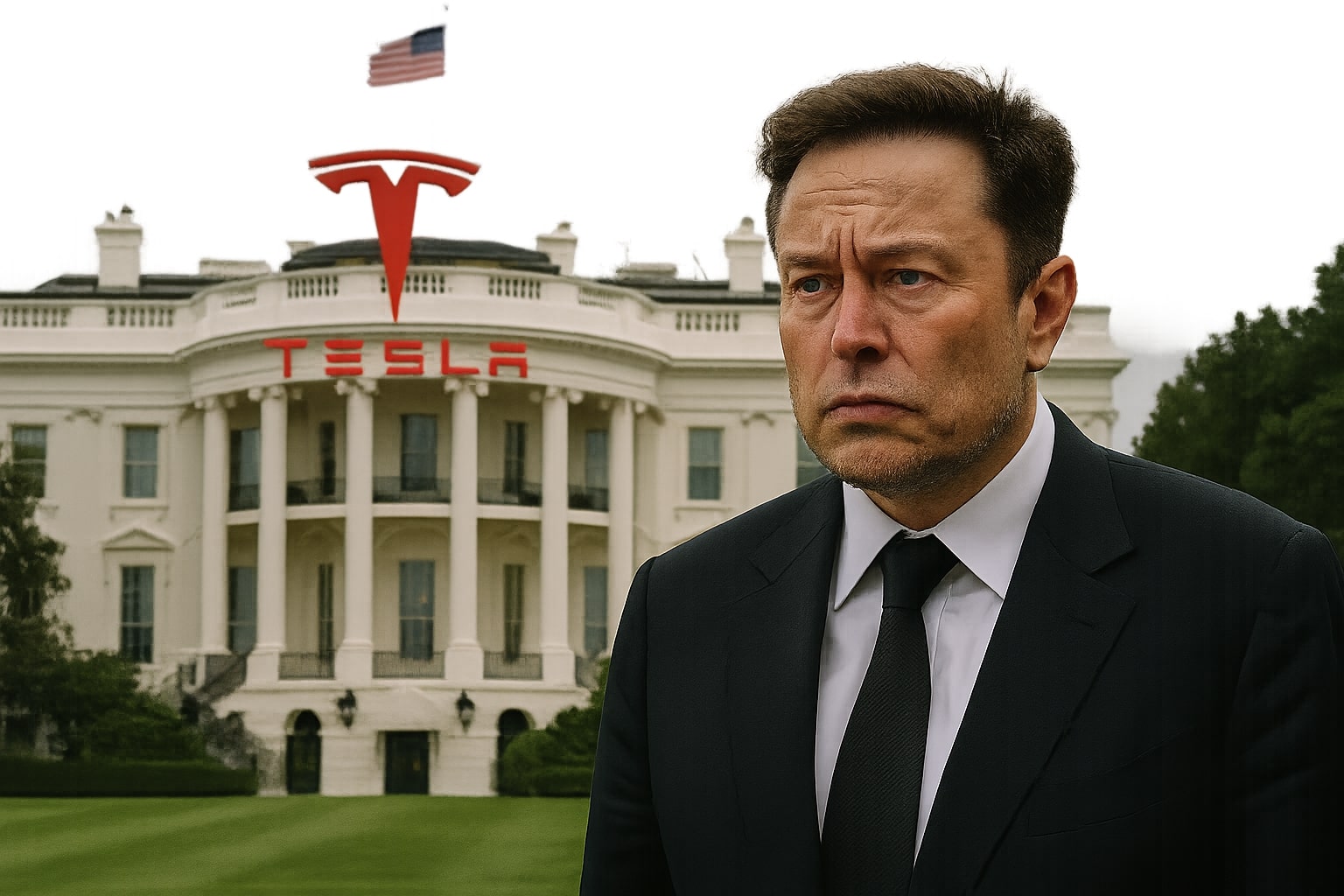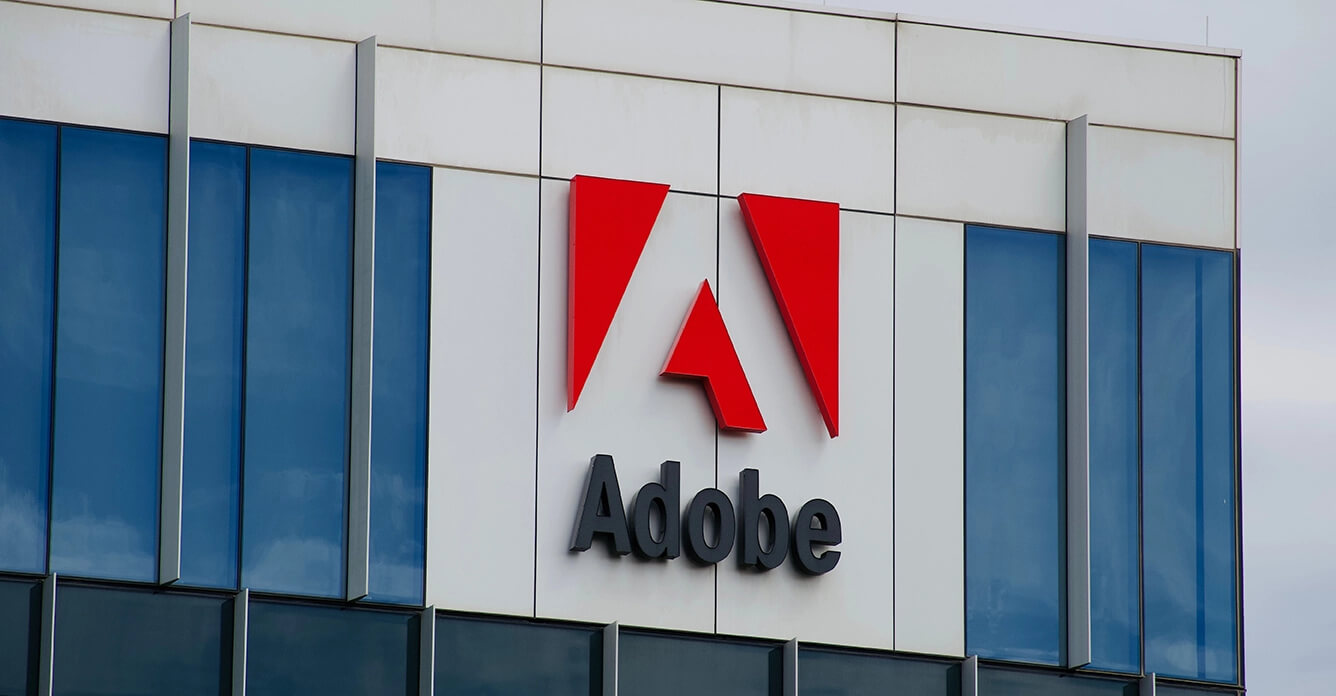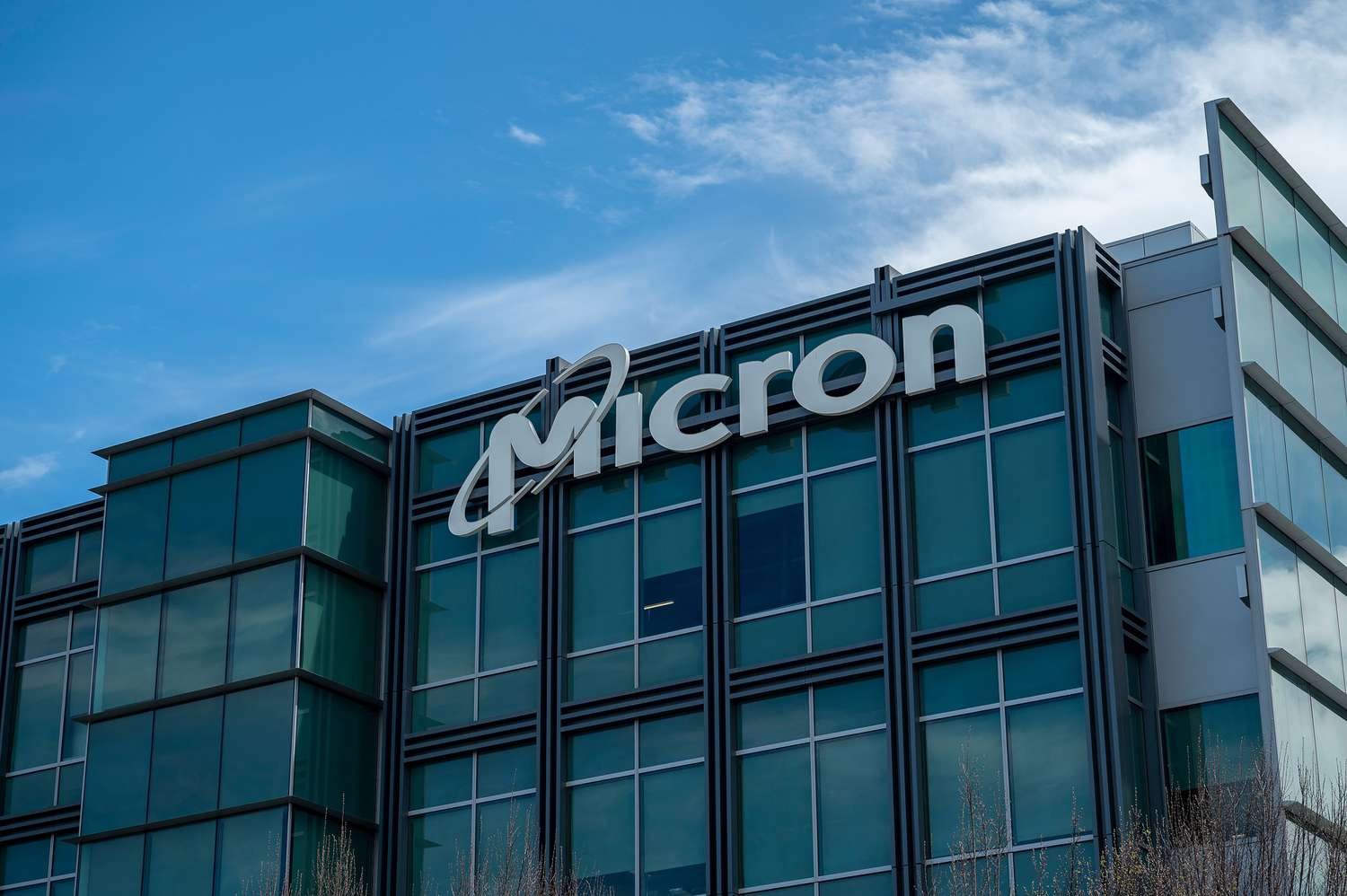
Can Tesla (NASDAQ:TSLA) Rebound After a 50% Drop? Here’s What Investors Need to Know
With Tesla (NASDAQ:TSLA) stock dropping over 50% from its peak, is the $220 support level the turning point, or is further downside inevitable? Let's dive deep into Tesla’s strategy, FSD technology, and global challenges to uncover the path ahead | That's TradingNEWS
Tesla Stock (NASDAQ:TSLA) Faces Critical Crossroads Amidst Geopolitical Turmoil and Regulatory Hurdles
Tesla's stock has been under significant pressure recently, dropping over 50% from its peak in December 2024, impacted by several factors, including slowing demand for electric vehicles (EVs), increasing market uncertainty driven by tariffs, and the ongoing concerns around CEO Elon Musk's distractions. These disruptions have sent shockwaves through both investor sentiment and Tesla's fundamental valuation, raising doubts about the company's future trajectory. However, despite these hurdles, there are numerous reasons why Tesla (NASDAQ:TSLA) stock might present an attractive long-term investment opportunity, even under adverse market conditions.
Does Tesla's Stock Price Reflect Its True Long-Term Potential Despite Recent Losses?
Over the last few months, Tesla has faced intense headwinds from multiple sources. A combination of reduced auto demand and the looming impacts of new tariffs from the Trump administration has contributed to the significant decline in the stock price. Tesla’s delivery figures for Q1 2025 were disappointing, with only 337,000 units delivered, far below expectations. On top of that, the ongoing trade tensions, particularly with China, continue to place pressure on Tesla’s ability to expand in crucial markets, especially in the realm of battery supply and EV manufacturing.
However, the reality is that NASDAQ:TSLA has already priced in many of these risks, reflecting the worst-case scenarios in its current valuation. Given that Tesla's stock has dropped significantly, the upside potential may be substantial even if the company faces continued challenges. Calculating based on current conditions, Tesla might be at a tipping point, as investors have discounted many of the external risks—such as tariffs and geopolitical instability—making TSLA an appealing long-term buy if the company can rebound.
What Role Do Elon Musk’s Distractions Play in the Future of Tesla Stock?
The “Elon Musk distraction” narrative, which took root in 2022 when Musk pursued the acquisition of Twitter (now X), significantly impacted Tesla’s stock. During this period, Tesla's valuation plummeted by about 40%, further exacerbated by Musk's selling of shares to fund his Twitter acquisition. In 2024, the narrative has resurfaced, as Musk’s focus on Dogecoin (DOGE) and Twitter-related ventures have raised concerns among investors about his ability to lead Tesla effectively. Despite these distractions, historical patterns suggest that NASDAQ:TSLA may once again be nearing a turning point. In 2023, after Musk’s re-engagement with Tesla, the company showed strong growth, doubling its valuation and surpassing delivery expectations.
As Musk's role in Twitter winds down due to his impending return to Tesla in May 2025, investors can reasonably expect his focus to shift back to the company. This transition could catalyze a shift in investor sentiment, particularly as Tesla’s new model releases and Full Self-Driving (FSD) developments gain traction. Additionally, the introduction of more affordable models, such as the refreshed Model Y, could offer a crucial boost to the company’s competitiveness in the EV market, helping Tesla to recover its previous momentum.
Can Tesla Overcome Global Economic Headwinds and Maintain Growth?
As for Tesla’s growth prospects, the broader economic environment poses serious challenges. The recent announcement of President Trump's new tariffs has already led to significant market volatility, with TSLA stock shedding approximately 7% in a matter of days. The escalating tensions between the U.S. and China, coupled with the risks of a global recession, weigh heavily on the EV market. However, despite these pressures, Tesla's global manufacturing footprint—through its Gigafactories in the U.S., China, and Europe—serves as a strategic hedge against the ongoing tariff battles. While tariffs are likely to hurt margins in the short term, Tesla's ability to localize production across continents and minimize reliance on Chinese imports for its core components gives it a competitive edge over other automakers.
Moreover, despite the sluggish demand in the near term, TSLA is poised to benefit from its innovation in autonomous vehicle technology. Tesla’s FSD software continues to develop at a rapid pace, with the company on track to roll out its FSD unsupervised technology by June 2025. This shift could lead to the long-awaited launch of Tesla’s robotaxi service, a potentially game-changing development in the EV sector. If this service takes off as expected, it could drive TSLA's revenue growth significantly, opening up new streams of income through ride-hailing services, licensing, and subscriptions.
Is the Robotaxi and Full Self-Driving (FSD) Business Ready to Transform Tesla’s Valuation?
One of the most exciting—and perhaps misunderstood—aspects of Tesla's long-term growth strategy is its bet on autonomous driving and robotaxi technology. While some market participants remain skeptical, the company has already made significant strides in making FSD a key revenue driver. Tesla has expanded its FSD technology considerably, with FSD version 11 and the upcoming version 12 showing impressive improvements in terms of reliability and real-world performance.
Despite concerns about regulatory approval and safety concerns, TSLA stock remains one of the few to potentially benefit from the disruptive force of autonomous vehicles. The potential monetization of robotaxi fleets could be a multi-billion-dollar business in the next decade, with estimates suggesting that Tesla could capture a $1 trillion market by 2029. These forecasts, though aggressive, highlight the immense potential for Tesla if it can successfully execute its robotaxi vision. This shift could be the catalyst that pushes TSLA back to higher valuations, especially as competitors like Waymo struggle to gain traction with their own autonomous vehicle fleets.
How Has Tesla’s Energy and Storage Segment Played Into Its Current Valuation?
Tesla's energy generation and storage segment has received less attention compared to its core automotive business, but it’s crucial in driving the company's future growth. Tesla’s energy division, including its solar products and Powerwall energy storage systems, is projected to grow at a 19% annual rate over the next decade. When coupled with TSLA's automotive segment, the energy business could contribute substantially to the overall valuation of the company. The downside scenario for Tesla, even amidst global economic turmoil, reflects strong long-term growth in both these segments. Using a 5x multiple on projected sales, the energy division alone is expected to add approximately $197 billion to Tesla’s intrinsic value, or about $56 per share.
How Are Tariff Impacts and Geopolitical Risks Affecting Tesla’s Global Operations?
Tesla’s exposure to China remains a significant concern, as the country is responsible for over one-third of Tesla’s vehicle deliveries and nearly half of its global production. Given the reliance on Chinese suppliers for critical materials, any disruption to the U.S.-China relationship, or an escalation of tariffs, could severely impact Tesla’s ability to source essential components. Moreover, Taiwan’s geopolitical situation further complicates matters. As the "silicon shield" of the global tech industry, any disruption in Taiwan could halt the production of essential semiconductors that Tesla's vehicles rely on. This risk—coupled with the ongoing trade war—means that Tesla must continue to strengthen its supply chain resilience to avoid significant production delays and revenue declines.
Is Tesla’s Current Valuation Offering a Discounted Entry Point for Investors?
Despite all these risks, TSLA stock is trading below its intrinsic value in several downside scenarios, making it an attractive buying opportunity for long-term investors. According to analysts, Tesla’s stock is undervalued by about $50 per share based on its downside scenario, which already factors in a 25% downward growth shift. Tesla's current share price of approximately $223 is well below this risk-adjusted price target of $280, suggesting that investors are overestimating the near-term risks.
In conclusion, NASDAQ:TSLA appears to be well-positioned for a recovery in the coming months, particularly as CEO Elon Musk refocuses on Tesla's core operations, including its upcoming Model Y release and FSD rollout. While near-term market conditions remain challenging, the long-term potential of Tesla's autonomous vehicle and energy businesses, coupled with a diversified global manufacturing base, could provide significant upside for TSLA stock in the next 12 months.
For further insights and real-time stock tracking, visit TSLA Stock Profile and keep an eye on Tesla Insider Transactions for the latest updates on insider activities that might influence the stock’s future movements.
















